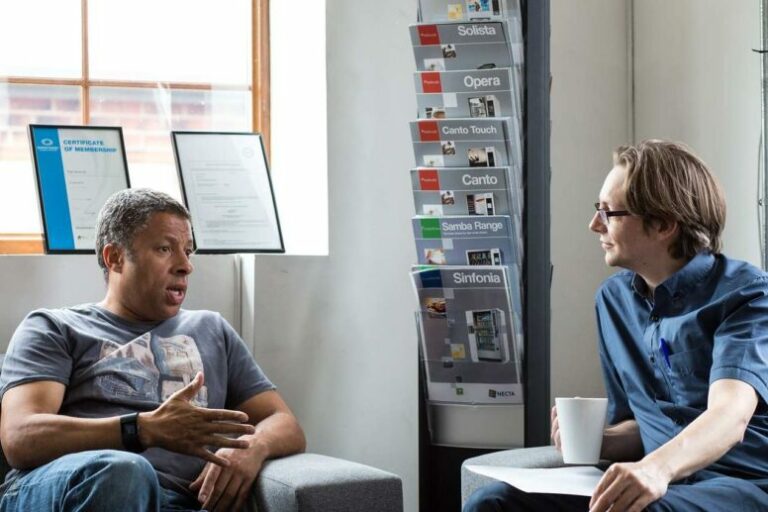One of the benefits of attending any conference is coming away with “golden nuggets,” those little learning gems that help improve team performance in your organization. An important part of leadership is to know how to improve team performance in the workplace.
Opportunities to learn are everywhere. And especially when we’re into a symposium that is meant for the purpose then some “takeaways” became a permanent part of our systems thinking toolbox. Here are six that immediately came to mind:
1. It’s about the relationships.
Overall team success will only be as good as the weakest relationship. Since strong relationships are built, not born, the best way to improve team performance is to invest the time to strengthen bonds among team members. Be prepared to handle pressures and conflicts. And don’t wait for someone else to change their ways; be brave and make the first move.
2. Focus on creativity, passion, a sense of community, and accountability
If you want to improve performance in the workplace, focus on creativity, passion, a sense of community, and accountability. Make the company’s vision crystal clear at all levels of the organization.
Ensure that employees understand their roles in helping the organization move toward that vision. Identify the highest-leverage improvement areas and prioritize actions. Give people enough space to do what they know how to do best, and you’ll be amazed by what emerges. Hold people accountable for progress, and celebrate the successes. Success breeds success.
3. Focus on the parts rather than on the whole
Improvement opportunities often fall through the cracks in organizations that only focus on the parts rather than on the whole. The systems thinking lens brings into view the interconnections of the parts within an organization. By understanding the interconnections, we gain a better understanding of the whole system.
Understanding the whole system allows for more effective design, more effective interventions, and a better chance of avoiding any unintended consequences from our actions.

4. Embracing virtual work.
The organizations and employees who embrace virtual work have an enormous competitive advantage over those who don’t. With a shrinking workforce and shrinking budgets, more work is being done collaboratively online. Employees are on teams with colleagues they have never met in person. Here are a few tips:
- When working on a virtual team, remember that things move a little slower than when working face-to-face.
- When a meeting is scheduled, get online 15 minutes early to allow yourself time to address any technical difficulties.
- Focus. Virtual meetings require lots of attention, so be present. This is not the time to be multitasking.
- Be creative about engaging people. Think outside the box on how to create a face-to-face experience electronically.
- Be yourself. Interact in the same way you would face-to-face. It helps keep a meeting lively.
5. There is always a strong temptation to jump right to the solution.
Resist shoot-from-the-hip quick fixes. People feel as though they don’t have time to study, understand, evaluate, and pilot; we want results and we want them now. When that feeling strikes, keep the vision in mind. Think about the forces at play that could derail the organization from accomplishing its long-term goals.
Actions taken at a higher level tend to be more systemic. You’ll likely avoid the unintended consequences and get to the root of what is perpetuating the issues in the first place.
6. It is said “the eye cannot see the eye”–everyone sees things from their own perspective.
That’s why it’s so important to bring together all of the key stakeholders around an issue. That diversity, supported by real discussion, will help create a clear picture of current reality, foster support for initiatives, ensure strong decision making, and, best of all, create lasting improvement.
Take a few minutes to reflect on the “golden nuggets” from your last conference, seminar, or tradeshow. Have they become a permanent part of your toolbox? After all, this is no time to stop learning.










